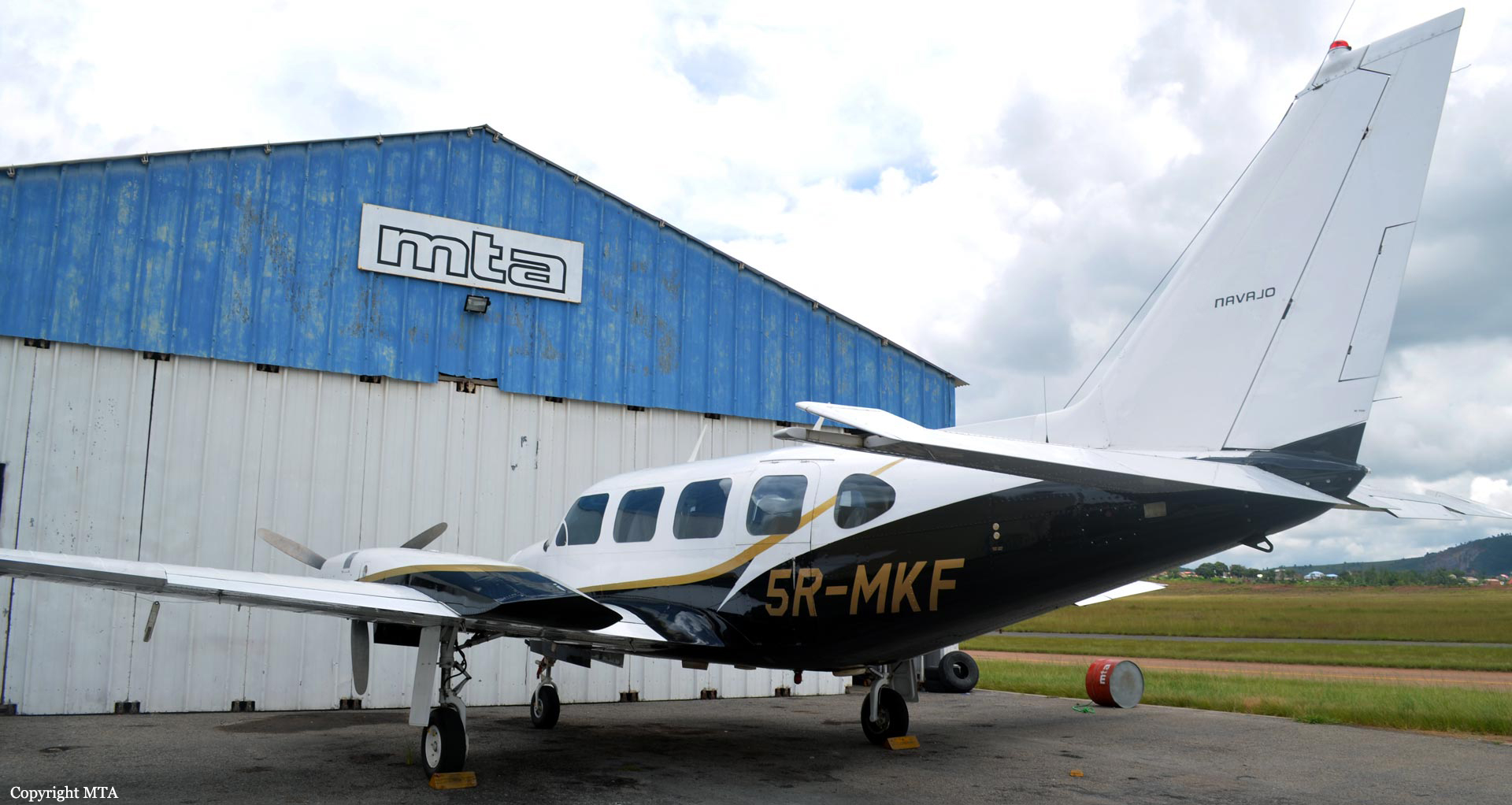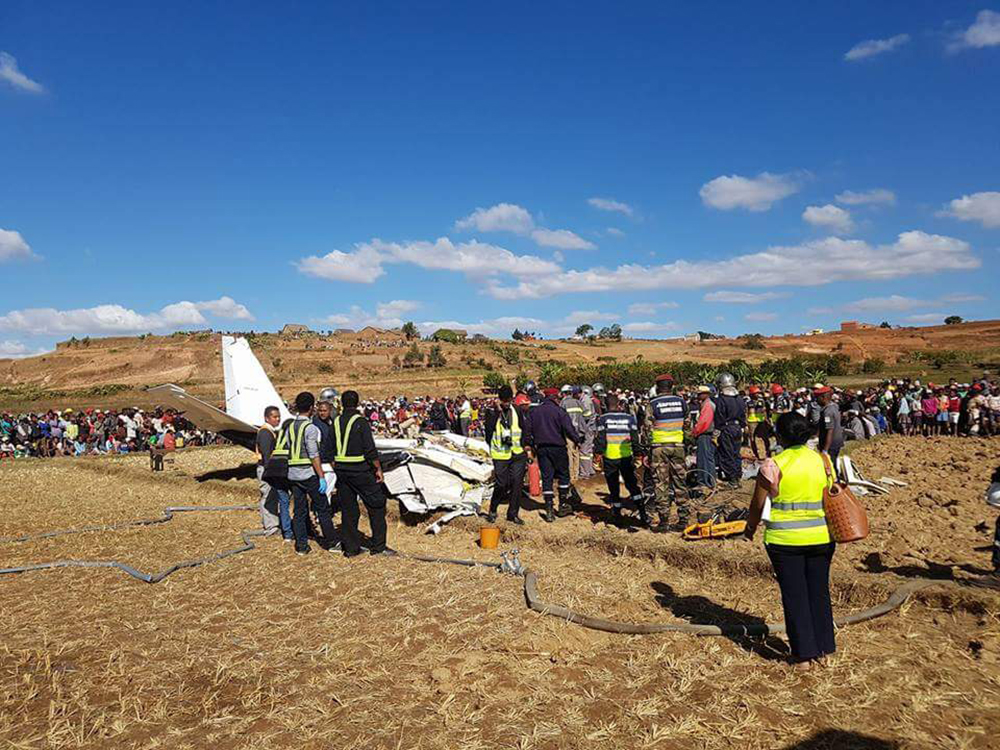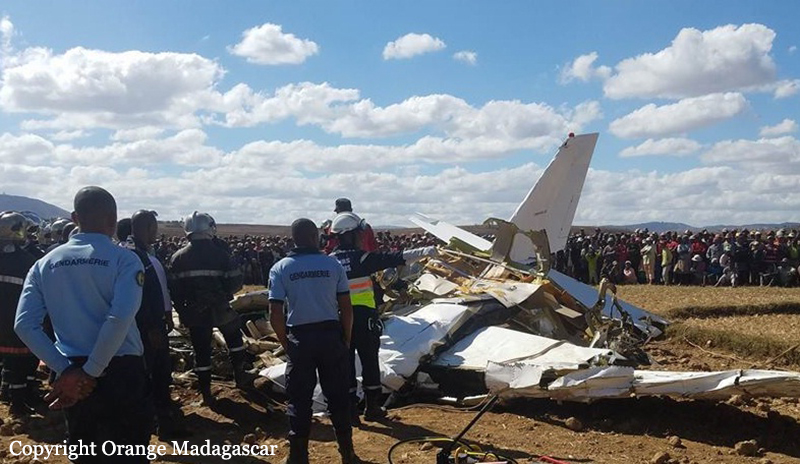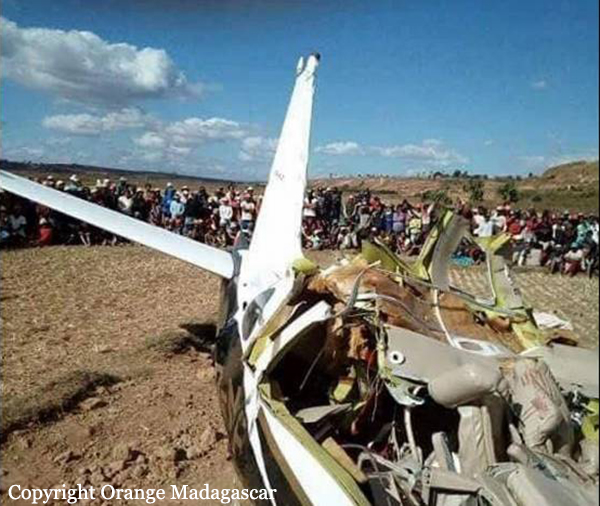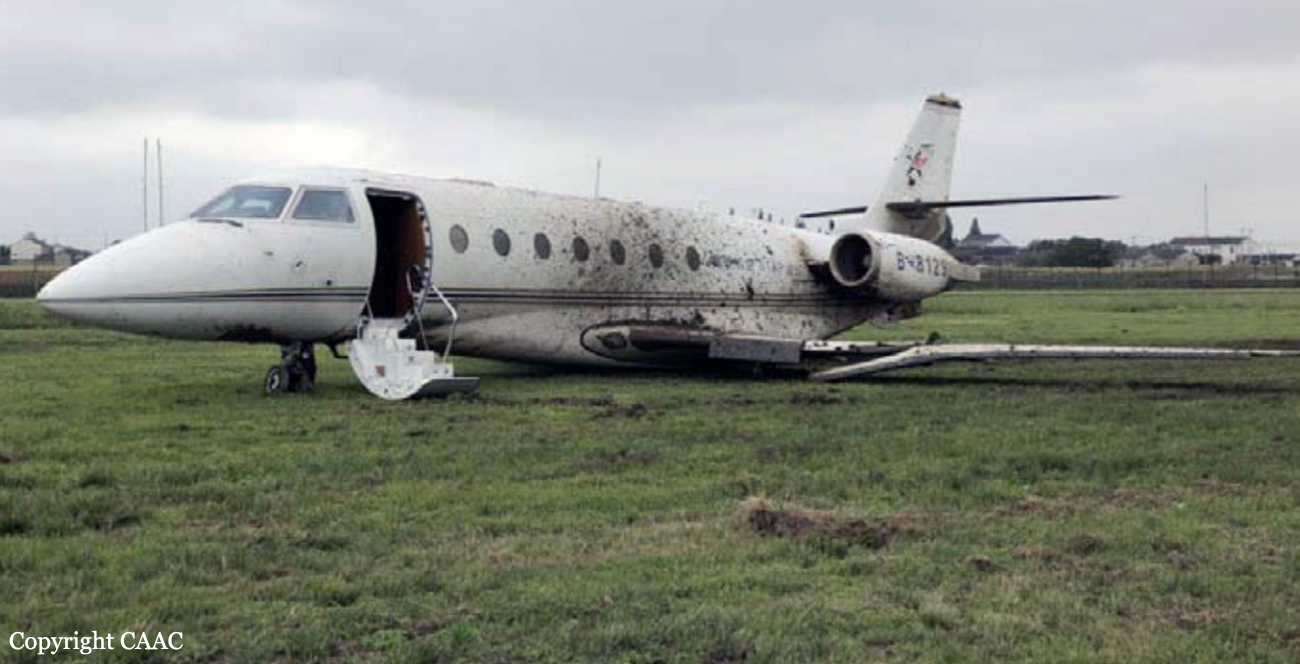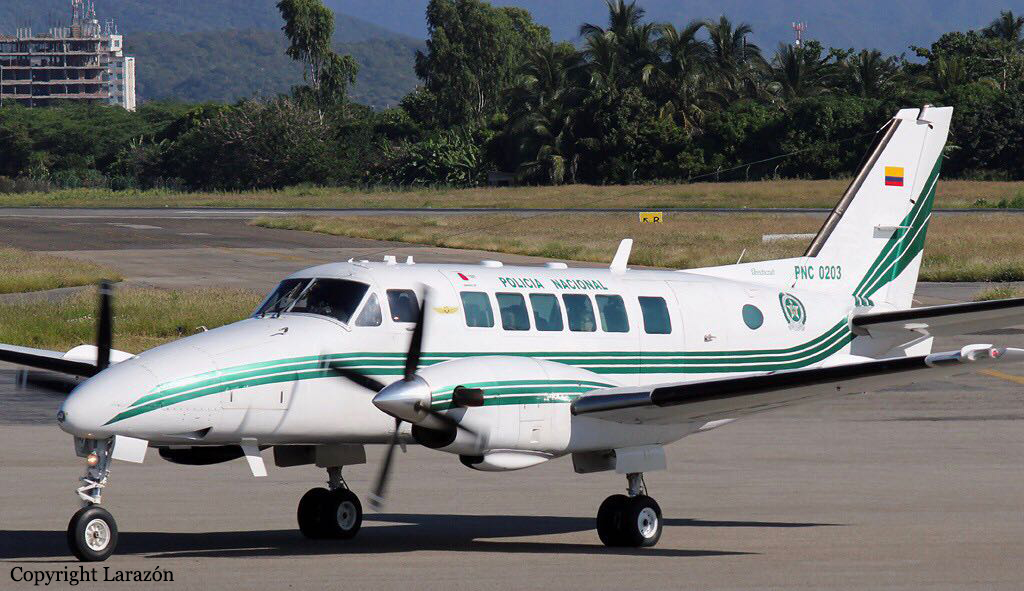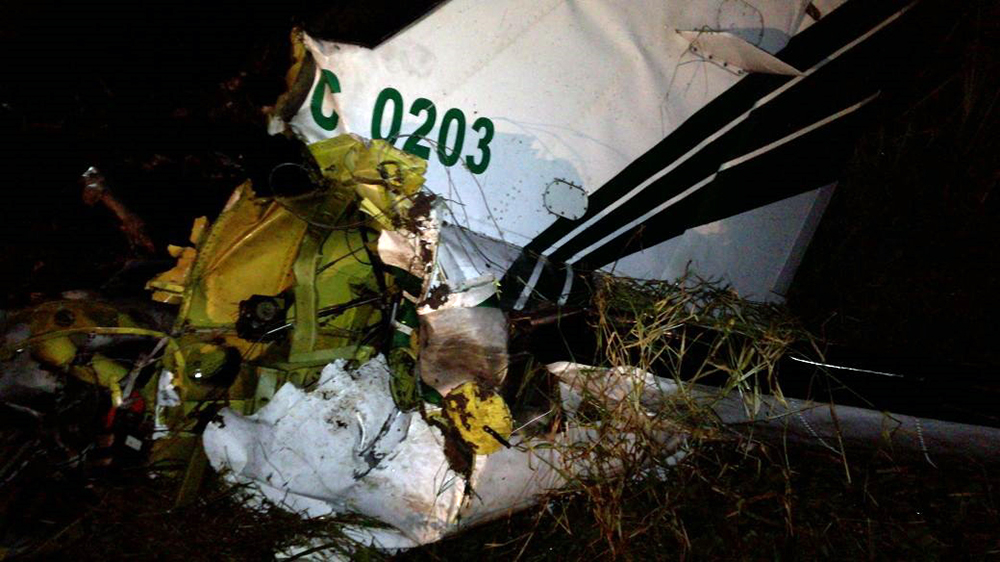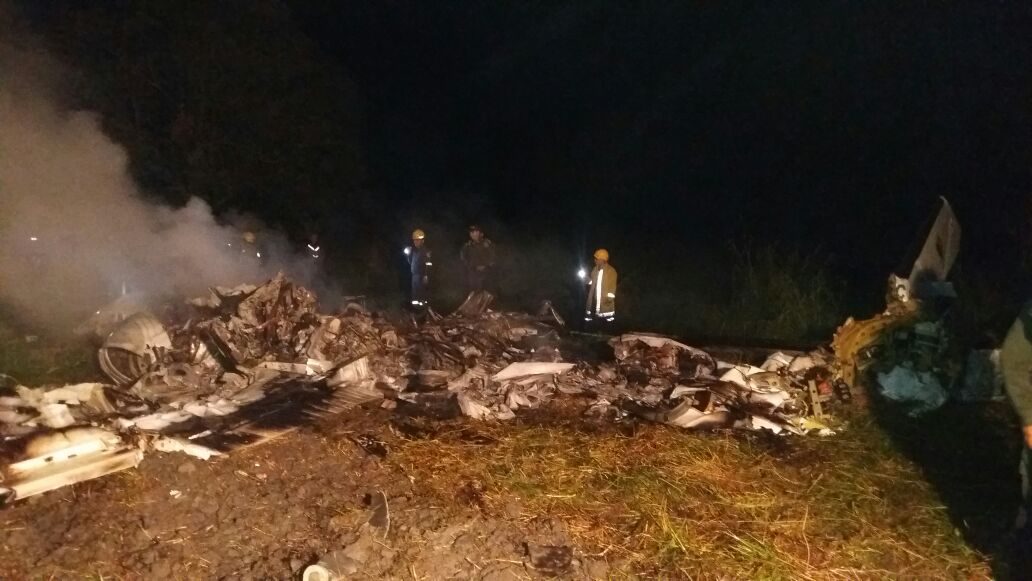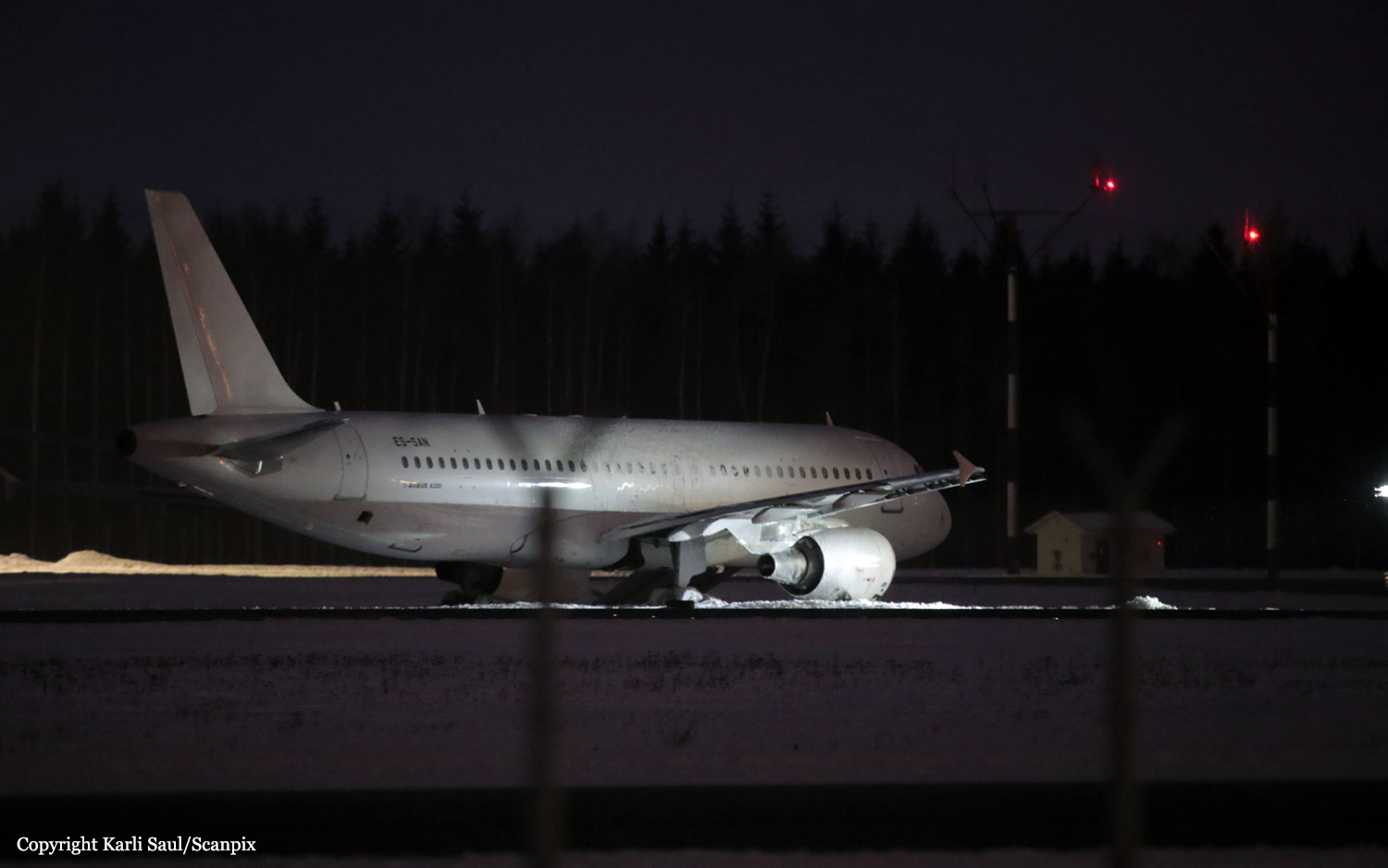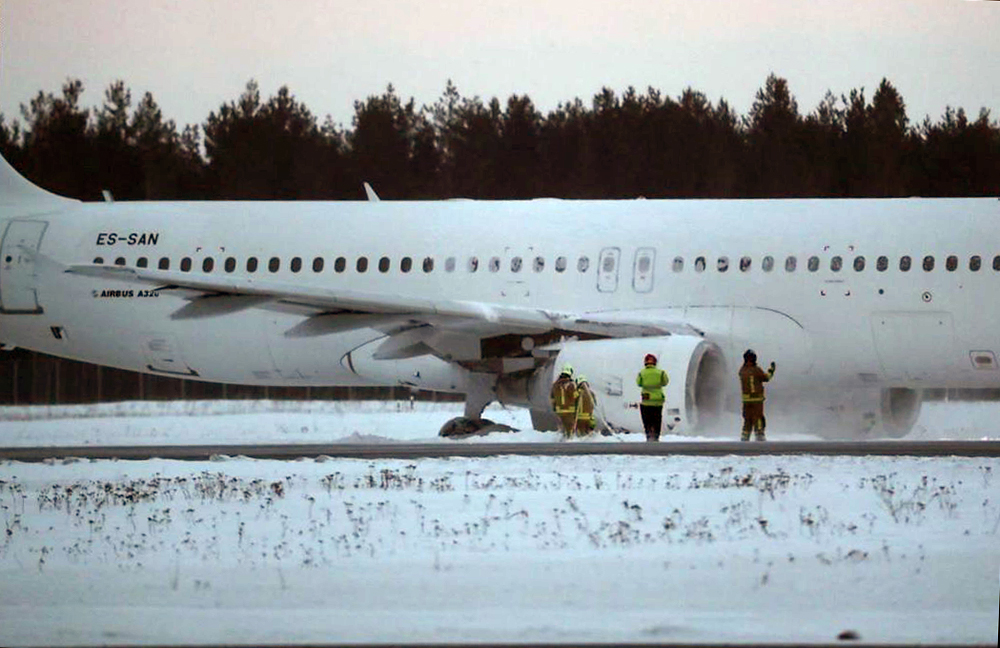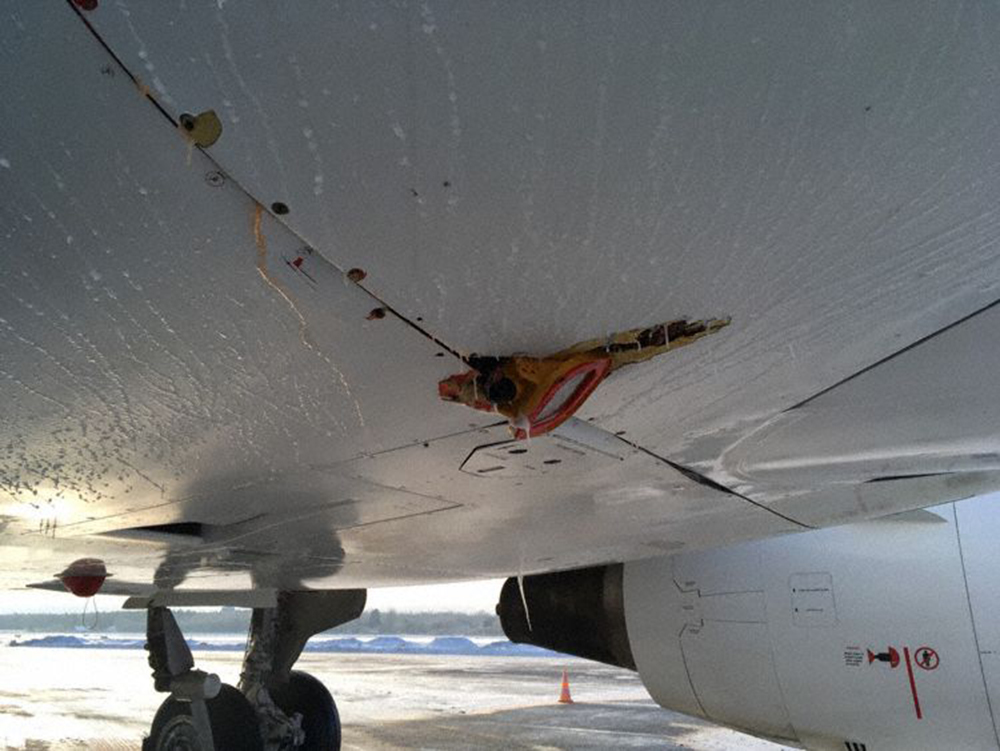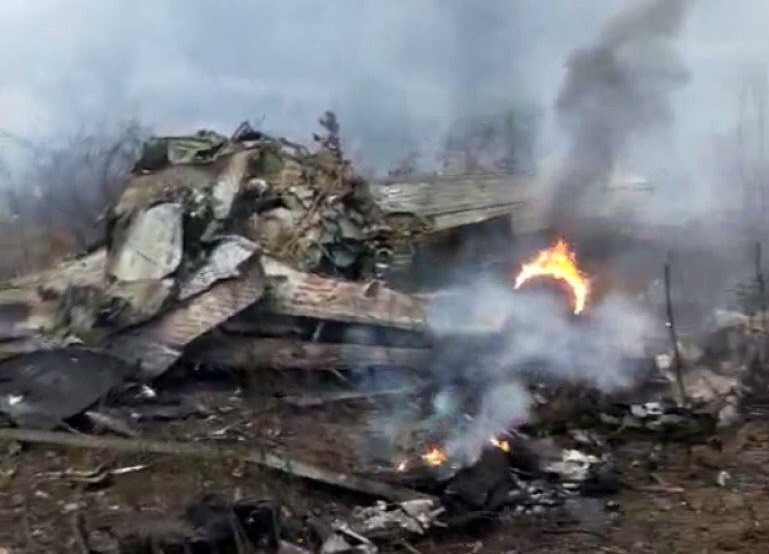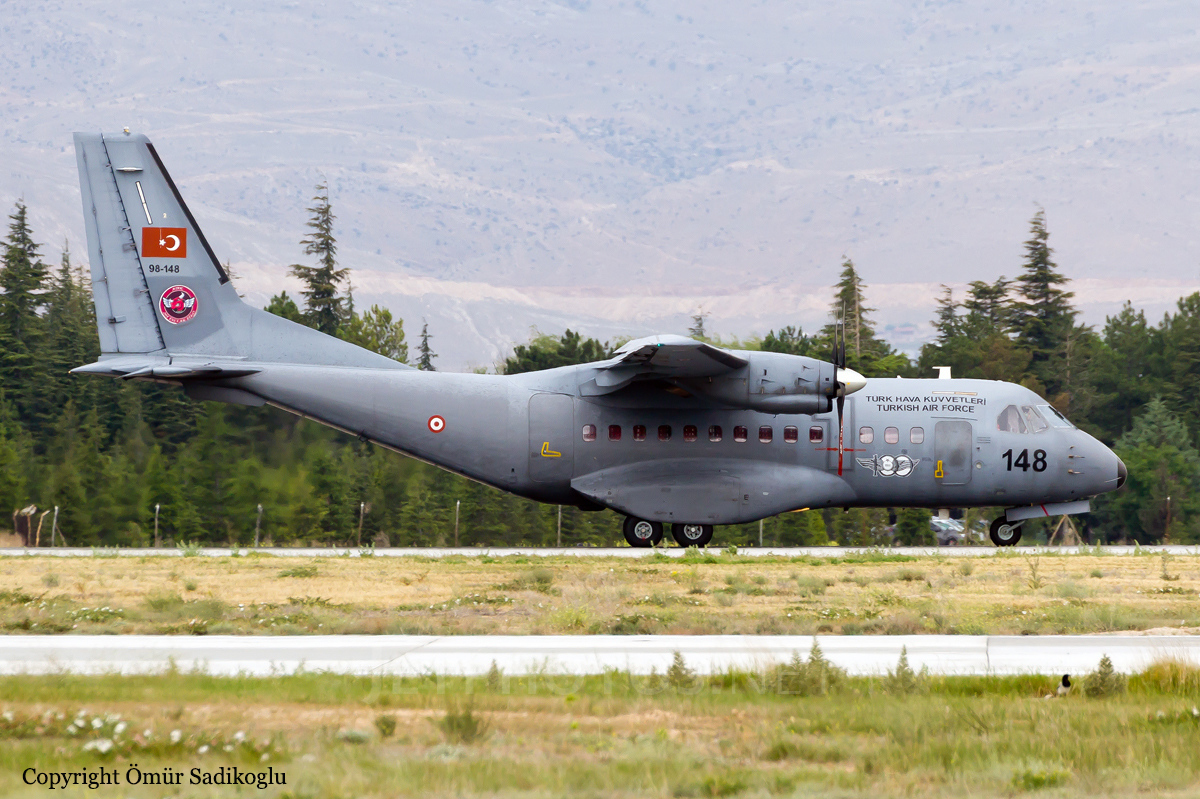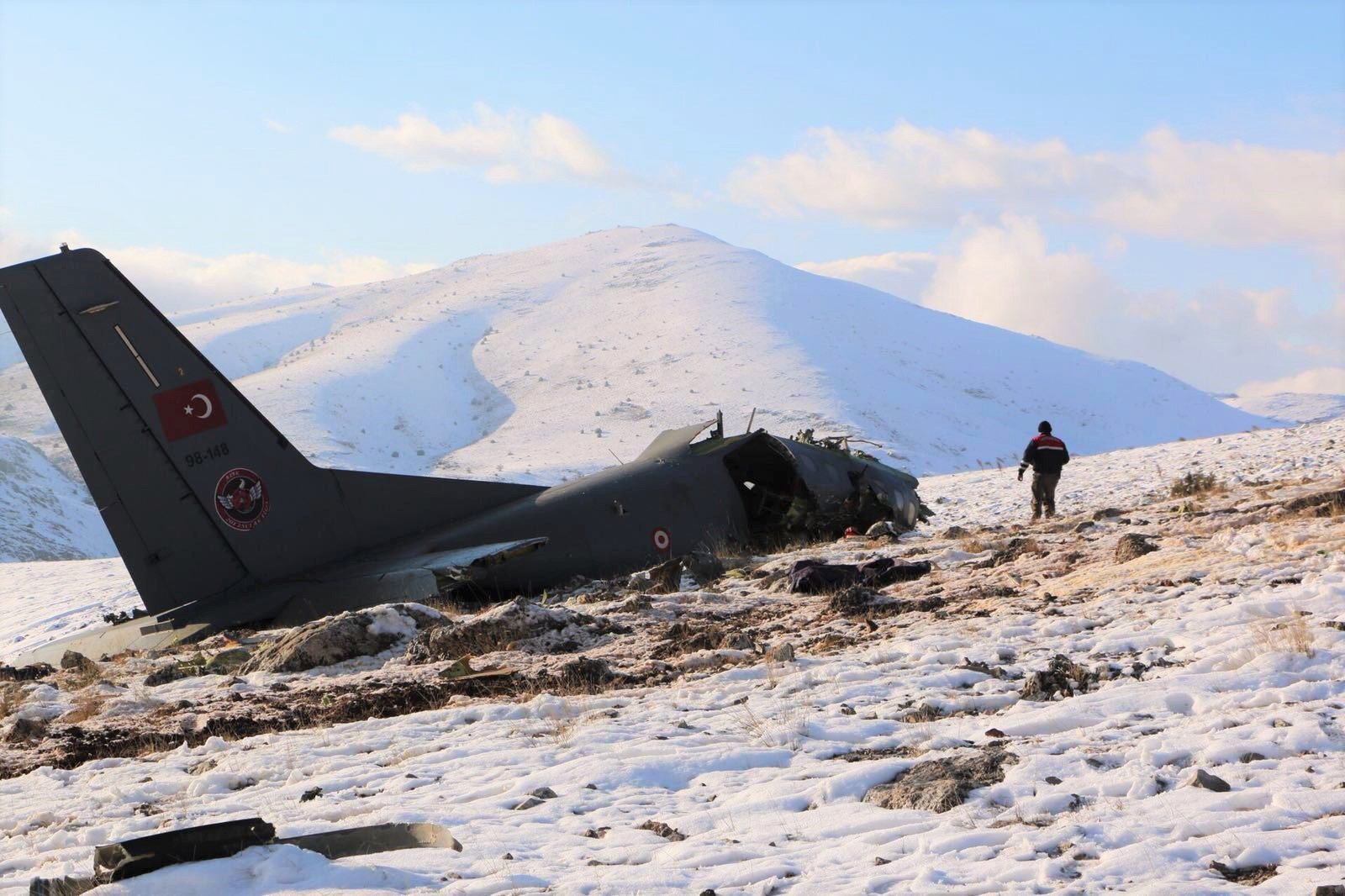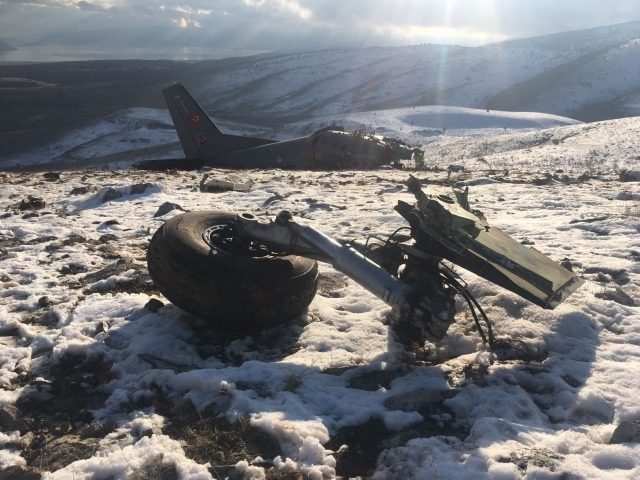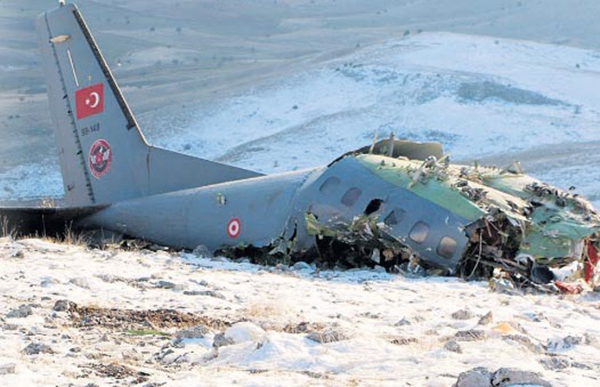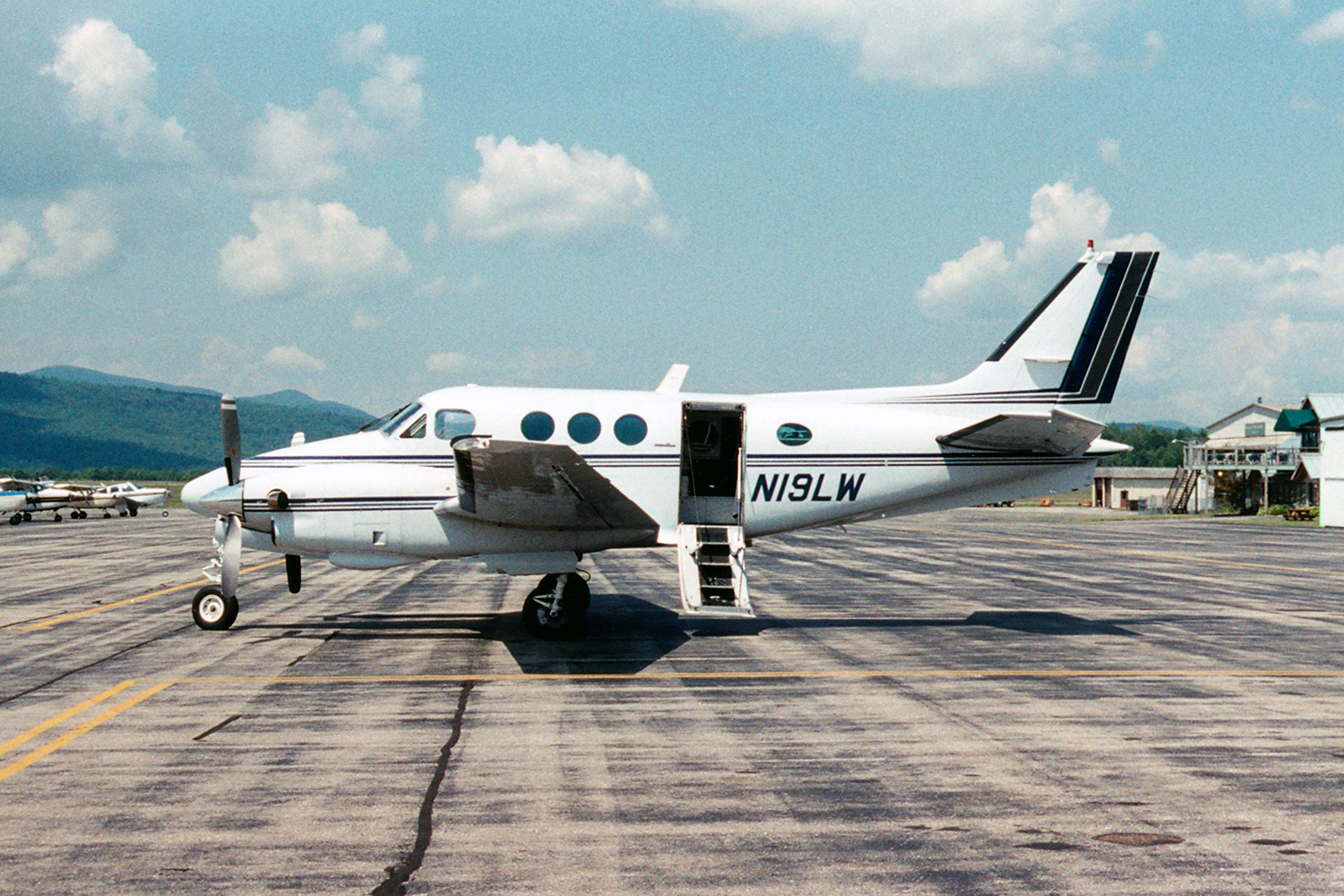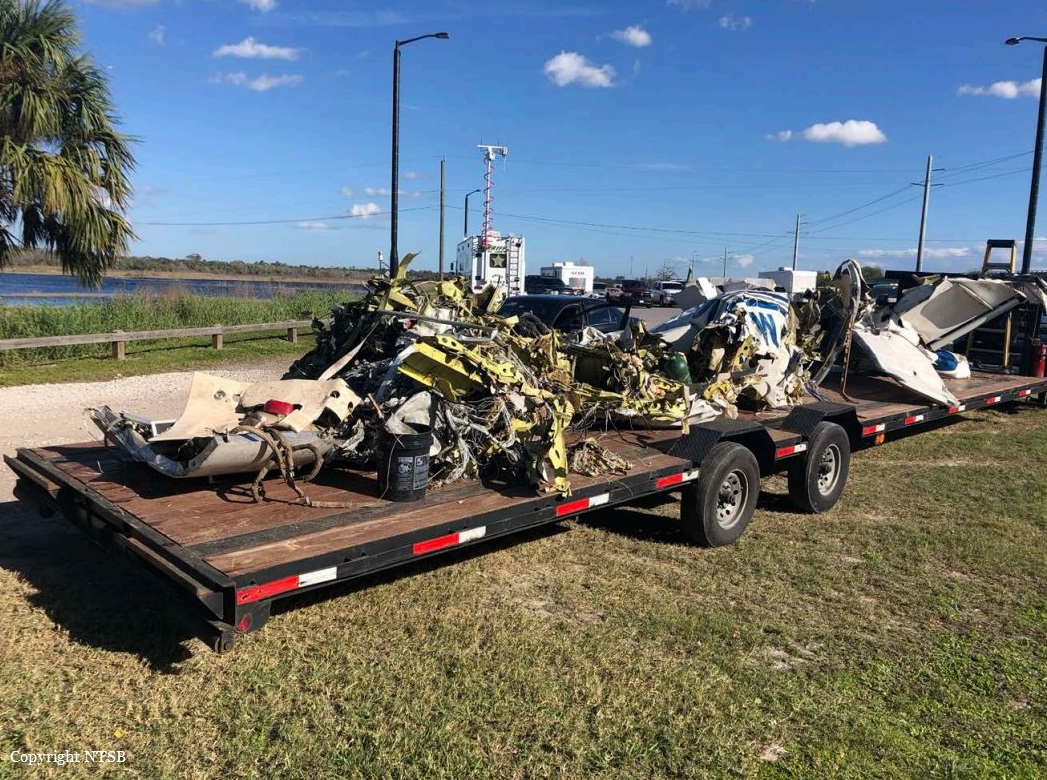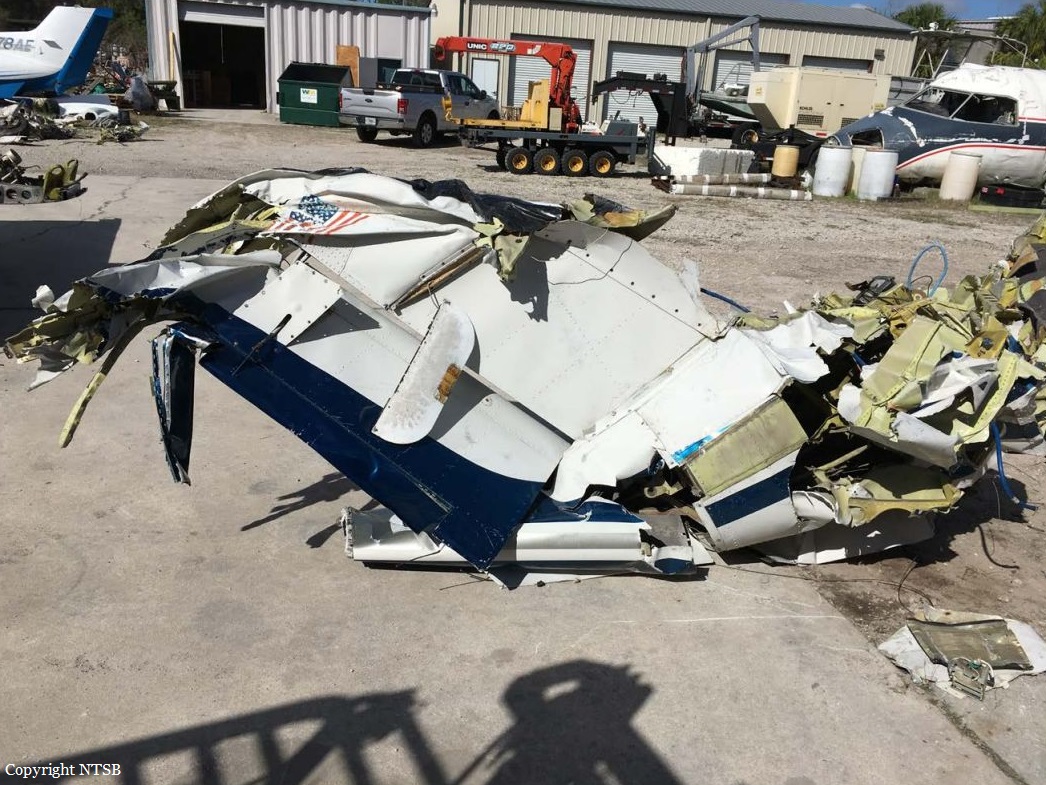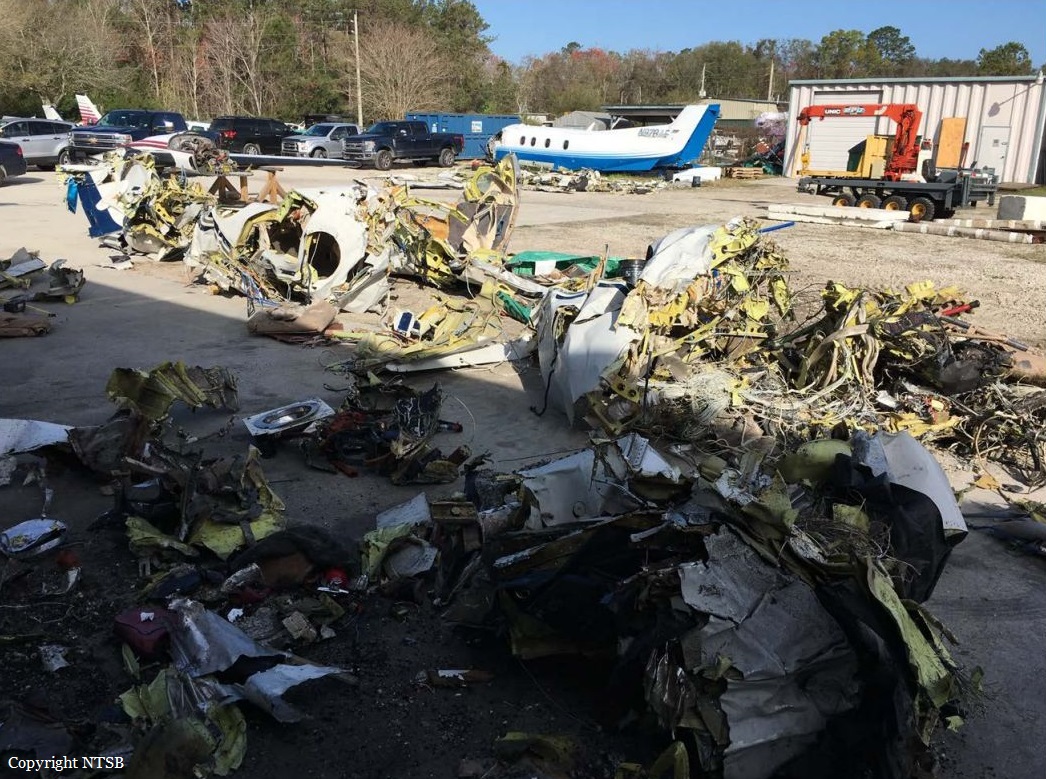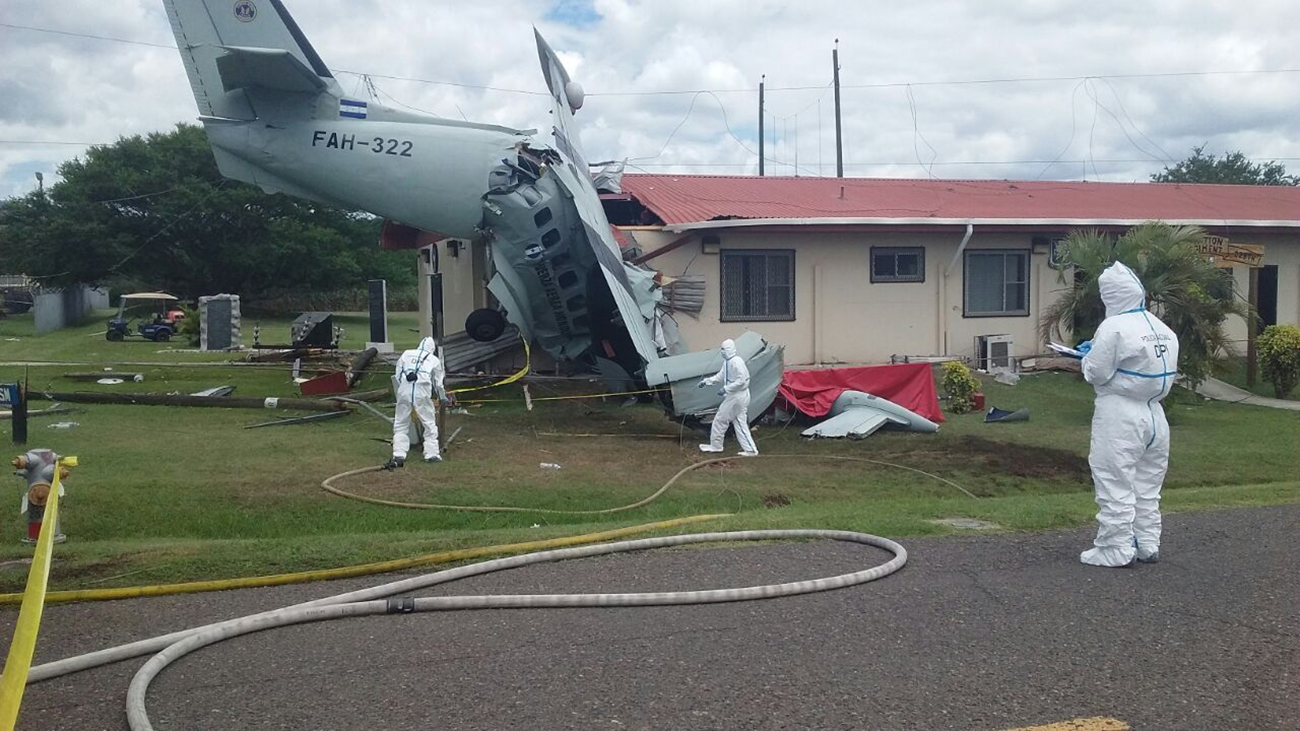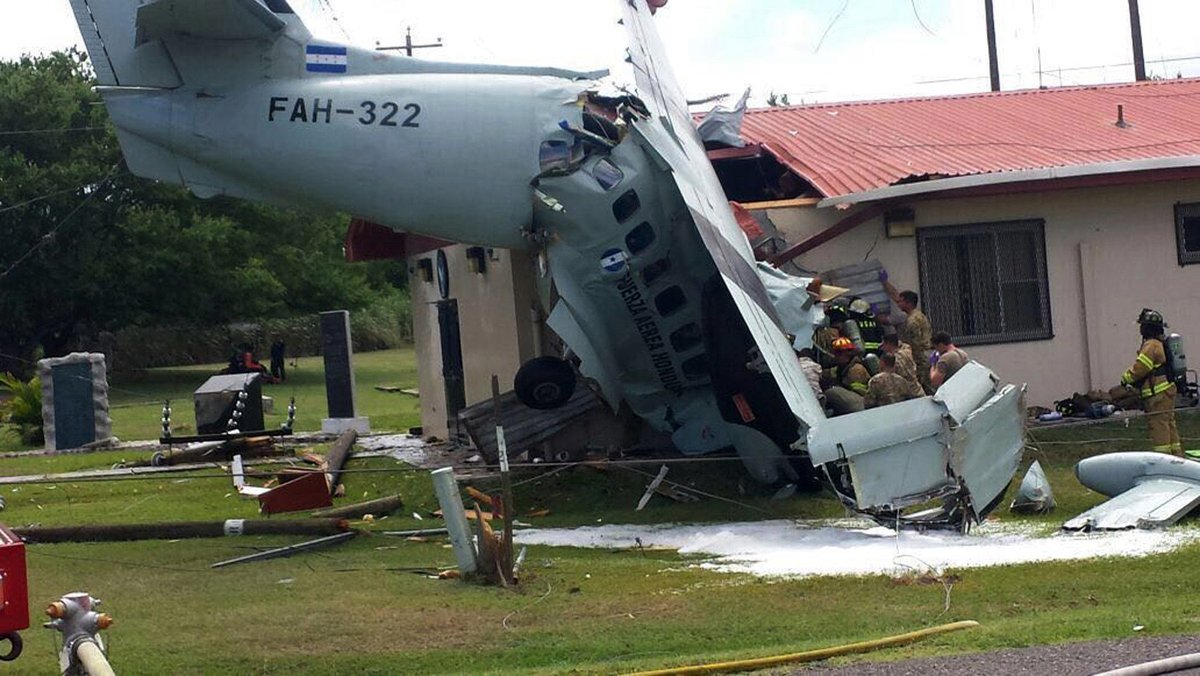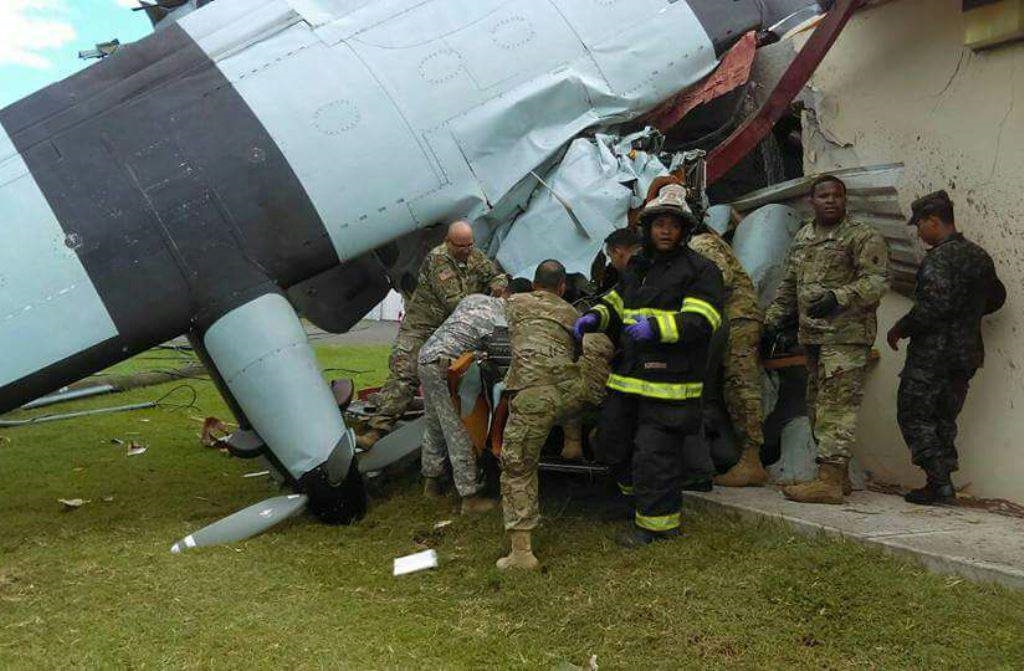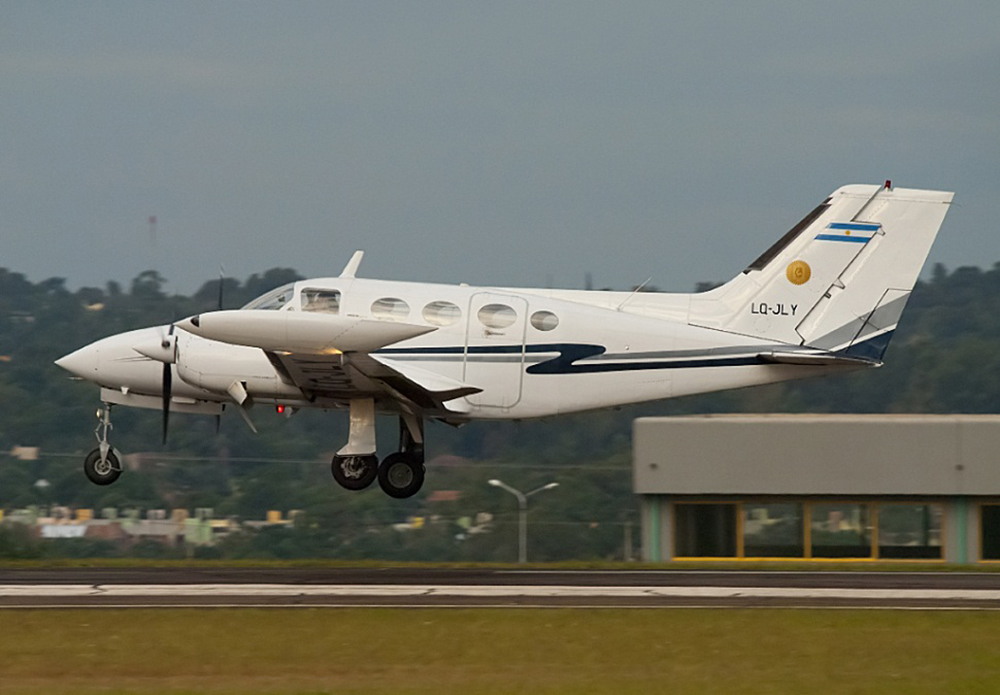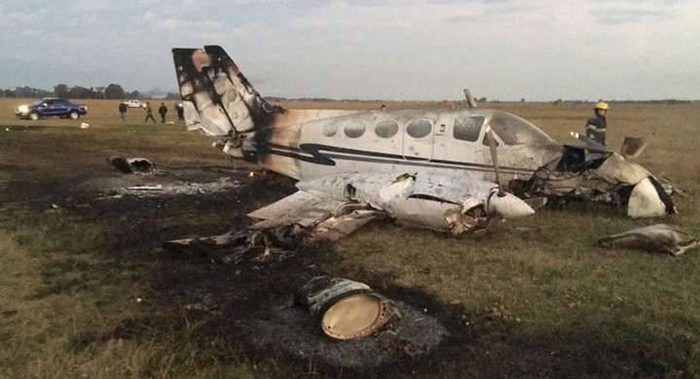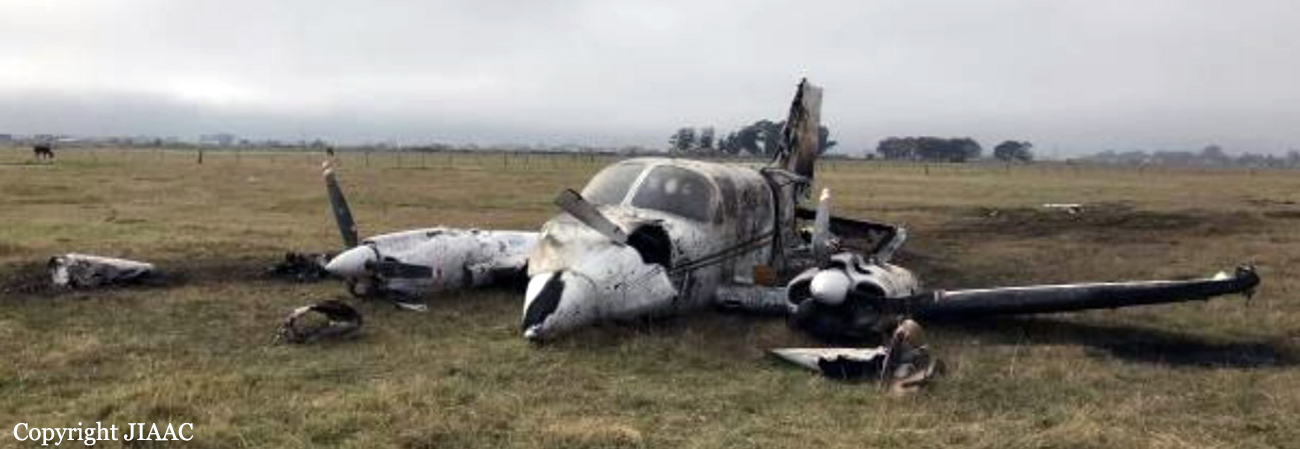Crash of a Piper PA-31-310 Navajo B in Ampangabe: 5 killed
Date & Time:
Jun 18, 2018 at 0912 LT
Registration:
5R-MKF
Survivors:
No
Schedule:
Antananarivo - Antananarivo
MSN:
31-756
YOM:
1971
Crew on board:
1
Crew fatalities:
Pax on board:
4
Pax fatalities:
Other fatalities:
Total fatalities:
5
Circumstances:
About five minutes after takeoff from Antananarivo-Ivato Airport, the twin engine aircraft went out of control and crashed in an open field located in Ampangabe, some 10 km southwest of the airfield. The aircraft was totally destroyed upon impact and all five occupants were killed. They were engaged in a training flight with one instructor and two pilots under instruction on board.
Crew:
Claude Albert Ranaivoarison, pilot.
Passengers:
Eddie Charles Razafindrakoto, General of the Madagascar Air Force,
Andy Razafindrakoto, son of the General,
Kevin Razafimanantsoa, pilot trainee,
Mamy Tahiana Andrianarijaona, pilot trainee.
Crew:
Claude Albert Ranaivoarison, pilot.
Passengers:
Eddie Charles Razafindrakoto, General of the Madagascar Air Force,
Andy Razafindrakoto, son of the General,
Kevin Razafimanantsoa, pilot trainee,
Mamy Tahiana Andrianarijaona, pilot trainee.
